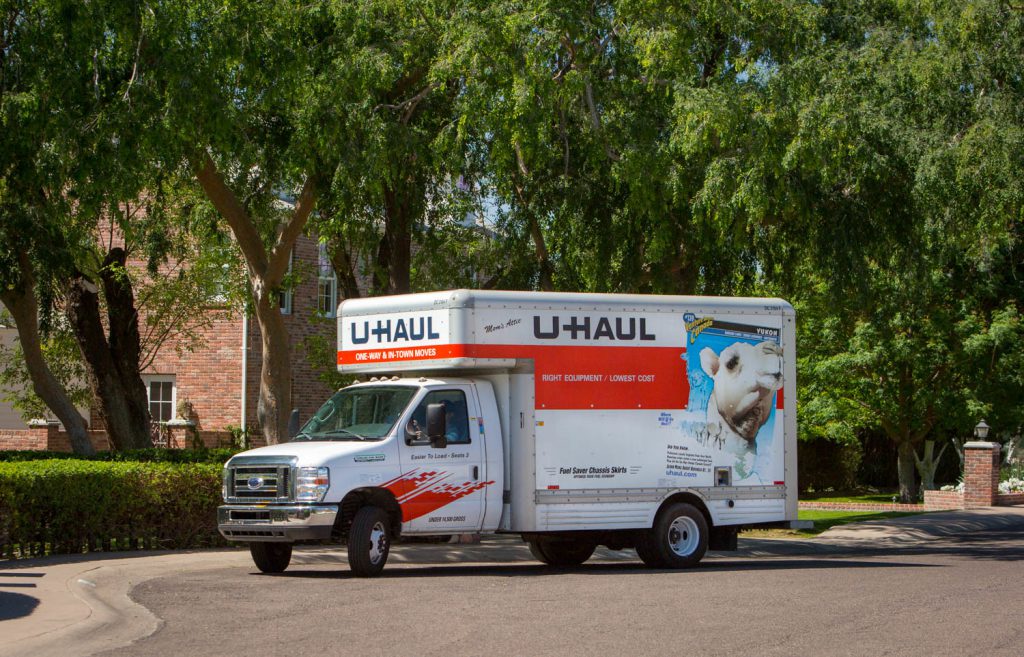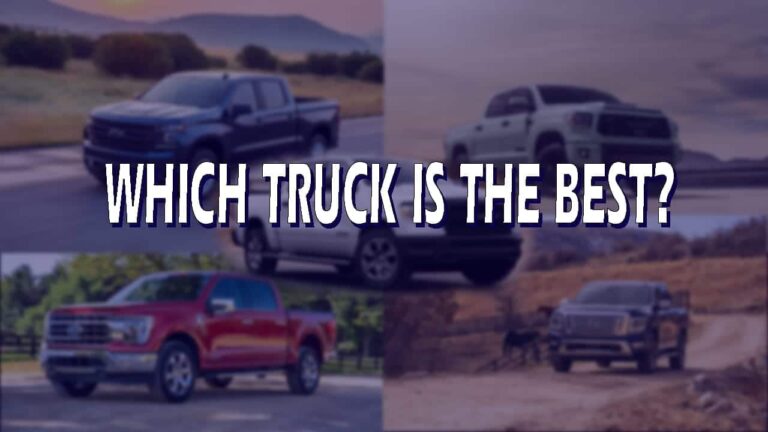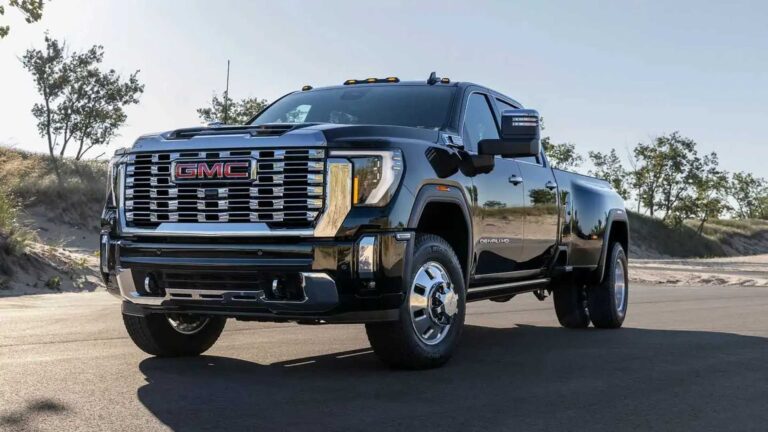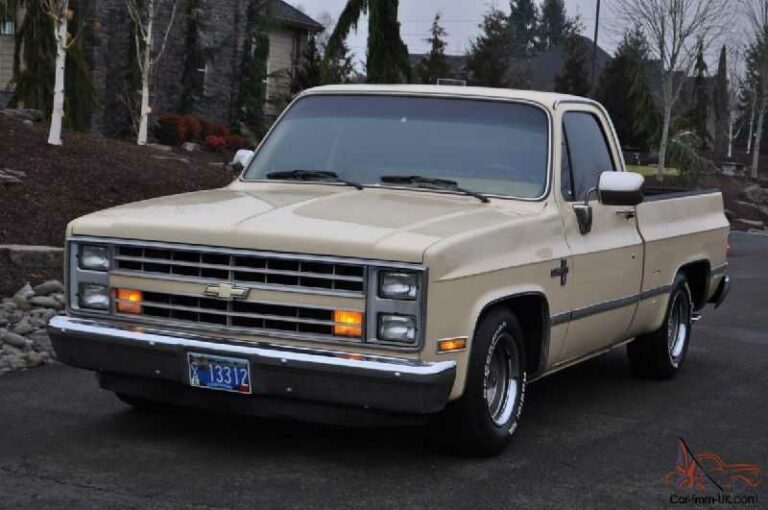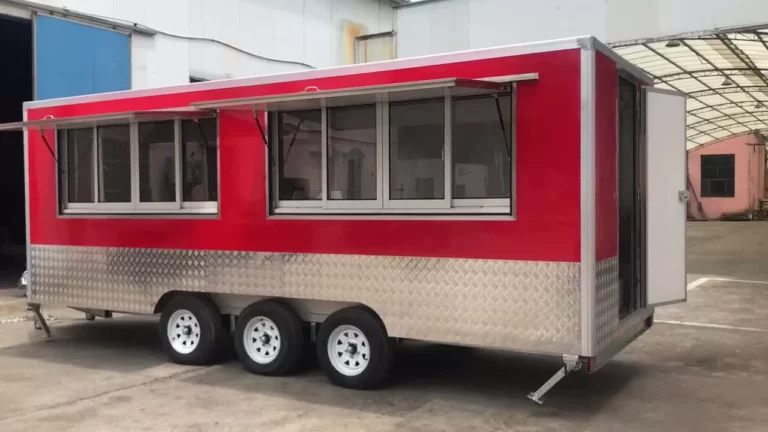U-Haul Flatbed Trailers: Your Comprehensive Guide to Vehicle Transportation
U-Haul Flatbed Trailers: Your Comprehensive Guide to Vehicle Transportation cars.truckstrend.com
Moving can be a complex endeavor, and when it involves transporting a vehicle, the challenges amplify. Whether you’re relocating across states, moving a classic car to a show, or rescuing a non-running project vehicle, a reliable and accessible solution is paramount. This is where U-Haul Flatbed Trailers, specifically their robust Auto Transports, come into play. Designed for the safe and secure transportation of cars, trucks, and SUVs, these trailers offer a practical, do-it-yourself option for countless individuals.
This comprehensive guide will delve into everything you need to know about U-Haul Flatbed Trailers, from their core features and benefits to detailed rental procedures, crucial safety considerations, and practical tips for a seamless towing experience.
U-Haul Flatbed Trailers: Your Comprehensive Guide to Vehicle Transportation
Understanding U-Haul Flatbed Trailers: The Auto Transport Advantage
When U-Haul refers to a "flatbed trailer," they are primarily talking about their Auto Transport units. Unlike a tow dolly that lifts only two wheels, the U-Haul Auto Transport is a full-platform trailer designed to carry the entire vehicle off the ground. This two-axle, low-profile trailer is engineered for stability, safety, and ease of use, making it the preferred choice for longer distances or for vehicles that require all four wheels to be off the ground.
Key Features of U-Haul Auto Transports:
- Full Deck Design: A complete platform supports the entire vehicle, protecting it from road wear and tear.
- Integrated Ramps: Built-in, foldable ramps simplify the loading and unloading process.
- Adjustable Wheel Straps: Heavy-duty, ratcheting straps secure the vehicle firmly by its tires, preventing movement during transit.
- Surge Brakes: These trailers are equipped with hydraulic surge brakes that activate automatically when the tow vehicle slows down, enhancing stopping power and safety without requiring a separate brake controller in the tow vehicle.
- Low Center of Gravity: The design keeps the towed vehicle low to the ground, improving stability and reducing sway.
- Safety Chains: Essential for maintaining connection between the trailer and the tow vehicle.
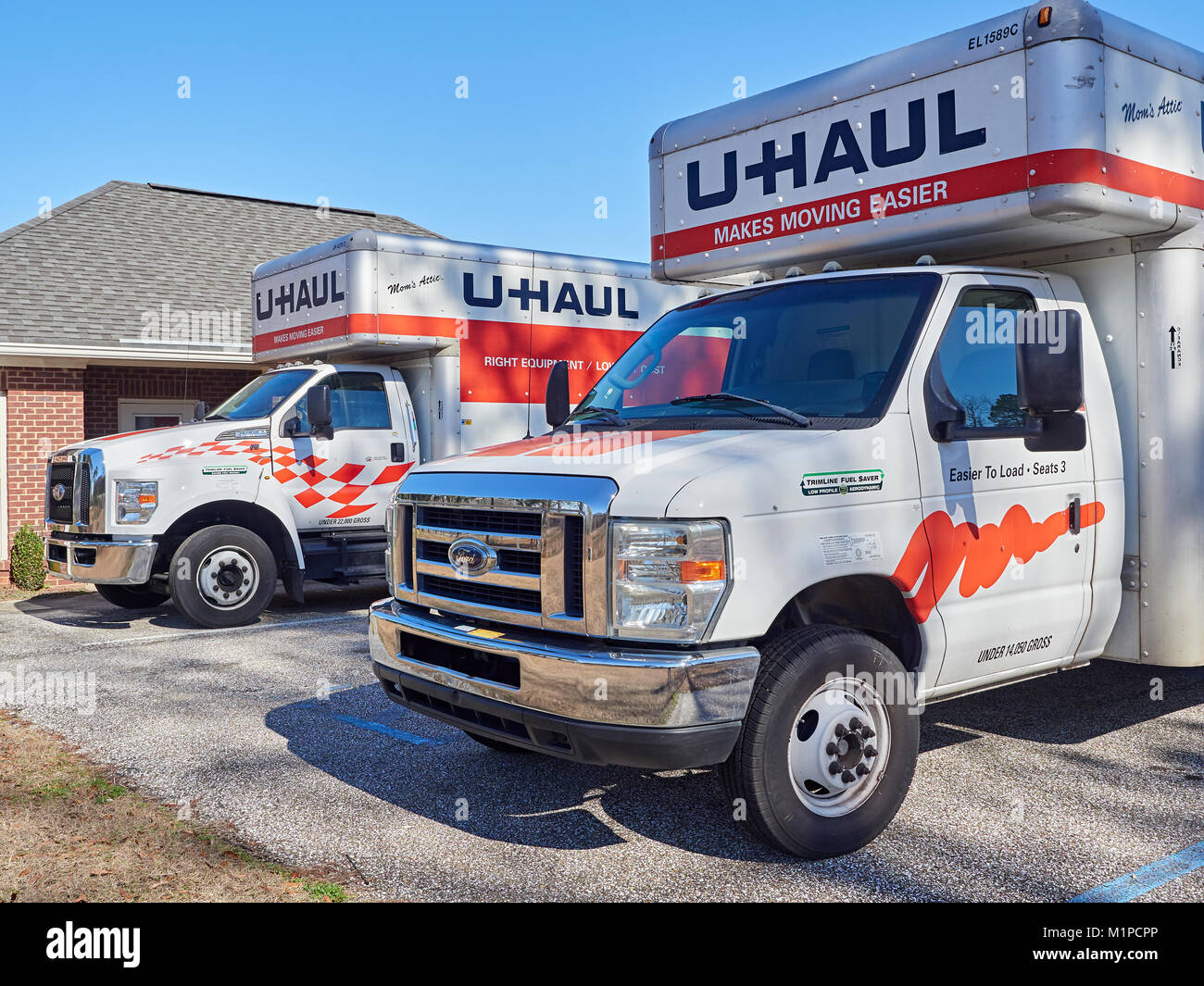
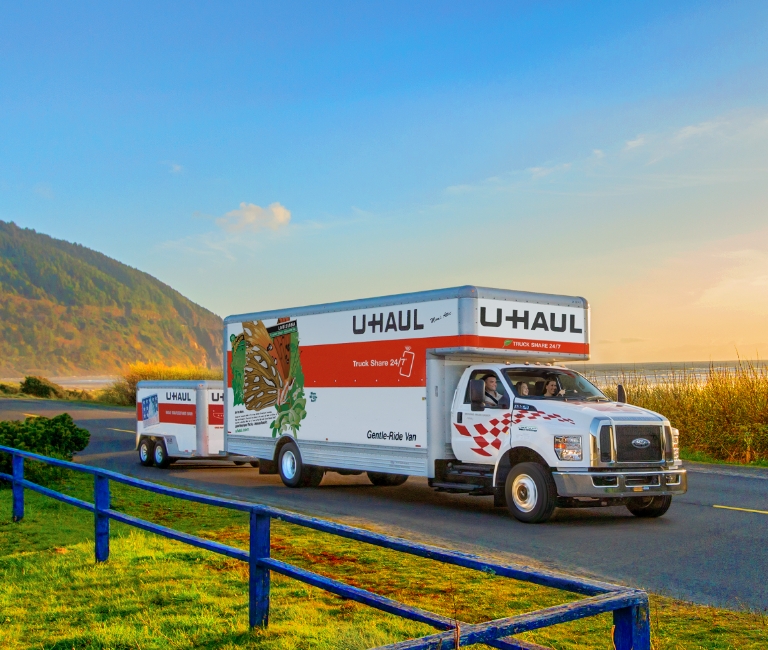
Why Choose a U-Haul Auto Transport? Benefits You Can Count On
Opting for a U-Haul Auto Transport offers a multitude of advantages for vehicle transportation:
- Versatility: Capable of transporting a wide range of vehicles, including most cars, small trucks, and SUVs, as long as they fit within the specified weight and dimension limits. This includes classic cars, project vehicles, or even non-running automobiles.
- Enhanced Safety: The full-platform design, coupled with surge brakes and secure tie-down systems, provides superior stability and protection compared to a tow dolly, especially for longer journeys or heavier vehicles. Your vehicle is completely off the ground, reducing wear on its drivetrain and tires.
- Convenience and Accessibility: U-Haul’s extensive network of locations across North America makes it easy to pick up and drop off trailers, often allowing for one-way rentals that simplify long-distance moves. Their online reservation system is intuitive and provides instant compatibility checks.
- Cost-Effectiveness: For many individuals, renting a U-Haul Auto Transport is a more economical solution than hiring professional auto transport services, particularly for shorter to moderate distances, giving you control over your budget.
- DIY Control: You dictate the schedule, the route, and the handling of your vehicle, providing peace of mind for those who prefer to manage their own moves.
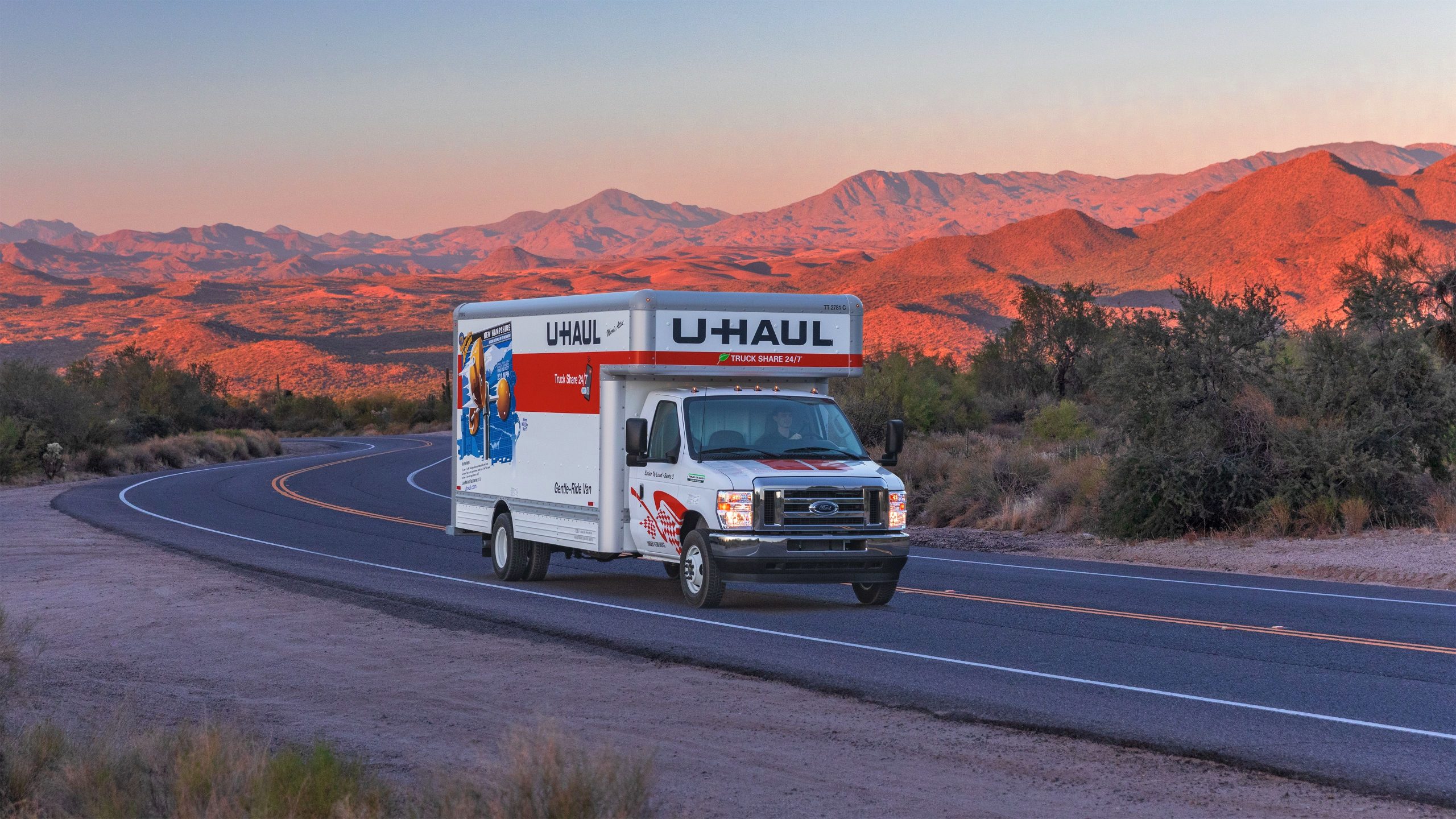
Renting a U-Haul Auto Transport: A Step-by-Step Guide
Renting a U-Haul Auto Transport is a straightforward process, but careful planning is essential for a successful experience.
Step 1: Assess Your Needs & Compatibility
- Know Your Vehicle: Measure the width and wheelbase of the vehicle you intend to transport. Most importantly, find its exact curb weight.
- Check Tow Vehicle Requirements: U-Haul has strict guidelines for what vehicles can safely tow their Auto Transports. Your tow vehicle must meet specific criteria for weight, wheelbase, hitch class (Class III or higher, 2" ball), and electrical connections (4-pin or 7-pin connector for lights). Use U-Haul’s online reservation system to verify compatibility – it’s crucial and non-negotiable for safety.
Step 2: Make Your Reservation
- Visit U-Haul’s official website (Uhaul.com) or use their mobile app.
- Enter your pickup and drop-off locations, dates, and select "Auto Transport."
- Input details about both the vehicle you are towing and your tow vehicle. The system will confirm compatibility or suggest alternatives (like renting a U-Haul truck for towing).
- Complete the reservation, including any optional insurance coverage (highly recommended).
Step 3: Pick Up Your Trailer
- Arrive at your chosen U-Haul location at the scheduled time.
- The U-Haul representative will assist you in hooking up the trailer, ensuring the hitch is properly secured, the safety chains are crossed, and the electrical connection for lights is functioning correctly.
- Perform a quick walk-around inspection of the trailer’s tires, ramps, and straps. Ask any questions you have.
Step 4: Loading Your Vehicle
- Preparation: Position the tow vehicle and trailer on a level surface. Ensure the trailer is securely hitched and the parking brake of the tow vehicle is engaged.
- Extend Ramps: Pull out the integrated ramps and position them correctly.
- Drive On: Slowly and carefully drive the vehicle onto the trailer, aligning it centrally. Some people find it easier with a spotter. For non-running vehicles, a winch or careful pushing with multiple people may be necessary.
- Secure the Vehicle: Once positioned, engage the towed vehicle’s parking brake and turn off its engine. Use the integrated, adjustable ratcheting straps to securely fasten the vehicle’s front tires. Ensure they are extremely tight, with no slack. Double-check all connections.
Step 5: Towing Safely
- Pre-Trip Check: Before departing, re-check all connections: hitch, safety chains, electrical, and tire straps. Ensure the trailer lights are working (brake lights, turn signals).
- Drive Cautiously: Remember you are towing a heavy load. Reduce your speed, especially on turns, downhills, and in adverse weather. Allow significantly more braking distance.
- Maintain Awareness: Constantly check your mirrors for trailer sway or issues. Avoid sudden steering or braking maneuvers.
- Regular Stops: Periodically pull over safely to check the straps, tires (trailer and tow vehicle), and connections for heat or loosening.
Step 6: Unloading & Return
- Unloading: Reverse the loading process. Park on a level surface, engage the tow vehicle’s parking brake, unstrap the towed vehicle’s tires, and slowly drive it off the ramps.
- Return: Return the trailer to the designated U-Haul location on time. The representative will inspect the trailer and confirm its return.
Important Considerations Before You Tow
Successful and safe towing hinges on several critical factors:
- Towing Vehicle Capacity: This is paramount. Your tow vehicle must be rated to handle the combined weight of the U-Haul Auto Transport (approx. 2,210 lbs empty) plus the weight of the vehicle you are loading onto it. Exceeding your vehicle’s Gross Combined Weight Rating (GCWR) or Gross Vehicle Weight Rating (GVWR) is extremely dangerous and illegal. U-Haul’s system will guide you, but always cross-reference with your vehicle’s owner’s manual.
- Hitch and Wiring: A proper hitch (Class III or higher with a 2" ball) and functioning electrical wiring (4-flat or 7-way connector) for trailer lights are non-negotiable.
- Weight Distribution: Proper loading is key. The towed vehicle must be centered on the trailer with its weight distributed evenly to prevent dangerous sway.
- Towing Laws and Regulations: Be aware of speed limits for trailers, which are often lower than regular highway speeds, and any specific state laws regarding towing (e.g., passing lane restrictions, length limits).
- Insurance Coverage: Your personal auto insurance may not fully cover damage to the U-Haul trailer or the vehicle being towed in an accident. U-Haul offers optional SafeTow® coverage, which is highly recommended for peace of mind.
- Tire Condition: Ensure both your tow vehicle’s tires and the trailer’s tires are properly inflated and in good condition before departure.
Tips for a Smooth Towing Experience
- Practice Makes Perfect: If you’re new to towing, practice driving and backing up with the empty trailer in a large, open area before your actual trip.
- Pack Light: Remove any unnecessary items from the vehicle being towed to reduce its weight.
- Secure Everything: Not just the vehicle on the trailer, but also anything inside the towed vehicle. Loose items can shift and cause instability.
- Plan Your Route: Avoid routes with sharp turns, steep inclines/declines, or low overhead clearances if possible.
- Take Wider Turns: Remember the trailer will cut corners more sharply than your tow vehicle.
- Use Lower Gears: On long downhills, use a lower gear in your tow vehicle to utilize engine braking and reduce strain on your brakes.
Potential Challenges and Solutions
- Challenge: My Tow Vehicle Isn’t Compatible.
- Solution: U-Haul’s system will prevent you from renting if your vehicle isn’t suitable. Your primary solution is to rent a U-Haul moving truck, which is designed for heavy-duty towing, or consider other transportation methods like professional auto haulers.
- Challenge: Difficulty Loading a Non-Running Vehicle.
- Solution: If the vehicle doesn’t start, you’ll need assistance to push it onto the ramps. A hand winch or even a come-along tool can be incredibly helpful for pulling it up slowly and safely. Never use another vehicle to push a non-running car onto the trailer.
- Challenge: Trailer Sway.
- Solution: This is often caused by improper weight distribution (too much weight in the rear of the towed vehicle) or excessive speed. If sway occurs, gently release the accelerator, do not brake sharply, and steer straight until the sway stops. Then, pull over to re-check load distribution and tire pressure.
- Challenge: Long Distance/Time Constraints.
- Solution: For very long distances, consider if the DIY effort and time commitment are worth it versus a professional auto transport service. Always factor in extra time for breaks, refueling, and unexpected delays.
U-Haul Auto Transport Trailer Price Guide
U-Haul’s pricing for trailers, especially for one-way rentals, is dynamic and depends on several factors, including:
- Distance: For one-way rentals, the further the distance, the higher the cost.
- Location: Prices can vary based on the supply and demand at your pickup and drop-off locations.
- Availability: Higher demand during peak seasons (e.g., summer, holidays) can lead to higher prices.
- Duration: While one-way rentals have a fixed fee for a set number of days, in-town rentals are typically charged daily.
Due to this dynamic pricing, providing exact, universal figures is impossible. However, here’s an estimated price table to give you a general idea. Always check U-Haul’s official website for current and accurate pricing for your specific needs.
| Feature/Cost Factor | Description | Estimated In-Town Rate | Estimated One-Way Rate | Notes |
|---|---|---|---|---|
| Trailer Type | U-Haul Auto Transport (Flatbed) | Designed for full vehicle transport. | ||
| Base Daily Rate | Cost per 24 hours (for local moves) | $55 – $75 | N/A (one-way is a flat fee) | Varies by location & demand. |
| Base One-Way Fee | Flat fee for point A to point B | N/A | $150 – $400+ | Varies significantly by distance, origin/destination, and season. |
| Rental Period | How long you need the trailer | Typically daily for in-town; fixed period for one-way. | One-way rentals are assigned a specific number of days. | |
| Optional Coverage | SafeTow / SafeMove | $8 – $15+ (per rental) | Highly recommended for peace of mind. | Covers accidental damage to the trailer. |
| Taxes & Fees | Local, state taxes, environmental fees | Varies by location | Varies by location | Always added to the base price. |
| Late Return Fees | If trailer is not returned on time | Daily rate + penalty | Daily rate + penalty | Avoid by returning on time or extending rental. |
Frequently Asked Questions (FAQ) about U-Haul Flatbed Trailers
Q: What vehicles can I tow with a U-Haul Auto Transport?
A: Most cars, small trucks, and SUVs can be towed, provided they fit within the trailer’s weight (max 5,290 lbs) and dimension limits (max wheelbase 133 inches, max outside tire to outside tire width 79.25 inches). Always check U-Haul’s website for specific compatibility with your vehicle.
Q: Do I need a special license to tow a U-Haul Auto Transport?
A: In most states and provinces in the U.S. and Canada, a standard driver’s license is sufficient for towing a U-Haul Auto Transport, as long as your combined vehicle weight is within legal limits and your tow vehicle is properly rated. However, always check local regulations.
Q: Does my car insurance cover the U-Haul trailer?
A: Your personal auto insurance policy may or may not cover the U-Haul trailer or the vehicle being towed. It’s crucial to contact your insurance provider directly to confirm your coverage. U-Haul offers optional SafeTow® coverage, which is highly recommended to protect against accidental damage to the trailer.
Q: Can I tow a U-Haul Auto Transport with my SUV/pickup truck?
A: Many SUVs and pickup trucks can tow an Auto Transport, but it depends on their specific towing capacity, hitch class, wheelbase, and other factors. U-Haul’s online reservation system will perform a compatibility check for your specific vehicle. Never attempt to tow with an incompatible vehicle.
Q: What’s the difference between an Auto Transport and a Tow Dolly?
A: An Auto Transport is a full-platform flatbed trailer that lifts all four wheels of the towed vehicle off the ground. A Tow Dolly lifts only the front two wheels of the towed vehicle, leaving the rear two wheels on the ground. Auto Transports are generally safer and preferred for longer distances or for vehicles that cannot be towed with two wheels on the ground.
Q: How do I secure the vehicle on the trailer?
A: U-Haul Auto Transports come with integrated, adjustable ratcheting straps that secure the vehicle by its tires. These straps must be tightened extremely securely, ensuring there is no slack, to prevent the vehicle from shifting during transit.
Q: What if my vehicle is non-running?
A: You can still use an Auto Transport for a non-running vehicle. You will need to manually push it onto the ramps, or use a winch/come-along tool to pull it onto the trailer. Ensure you have enough people or the right equipment to do this safely.
Q: Are U-Haul trailers equipped with brakes?
A: Yes, U-Haul Auto Transports are equipped with surge brakes. These hydraulic brakes activate automatically when the tow vehicle slows down, providing additional stopping power without the need for a separate brake controller in your tow vehicle.
Conclusion
U-Haul Flatbed Trailers, synonymous with their Auto Transports, provide an invaluable service for individuals needing to transport vehicles safely and efficiently. By understanding their features, adhering to safety guidelines, and planning meticulously, you can leverage these trailers for a wide array of vehicle transportation needs. While the prospect of towing a vehicle may seem daunting, U-Haul’s user-friendly design and comprehensive support aim to make the process as straightforward as possible. Always prioritize safety, perform thorough checks, and never hesitate to ask for assistance. With the right preparation, your next vehicle move with a U-Haul flatbed trailer can be a smooth and successful journey.
